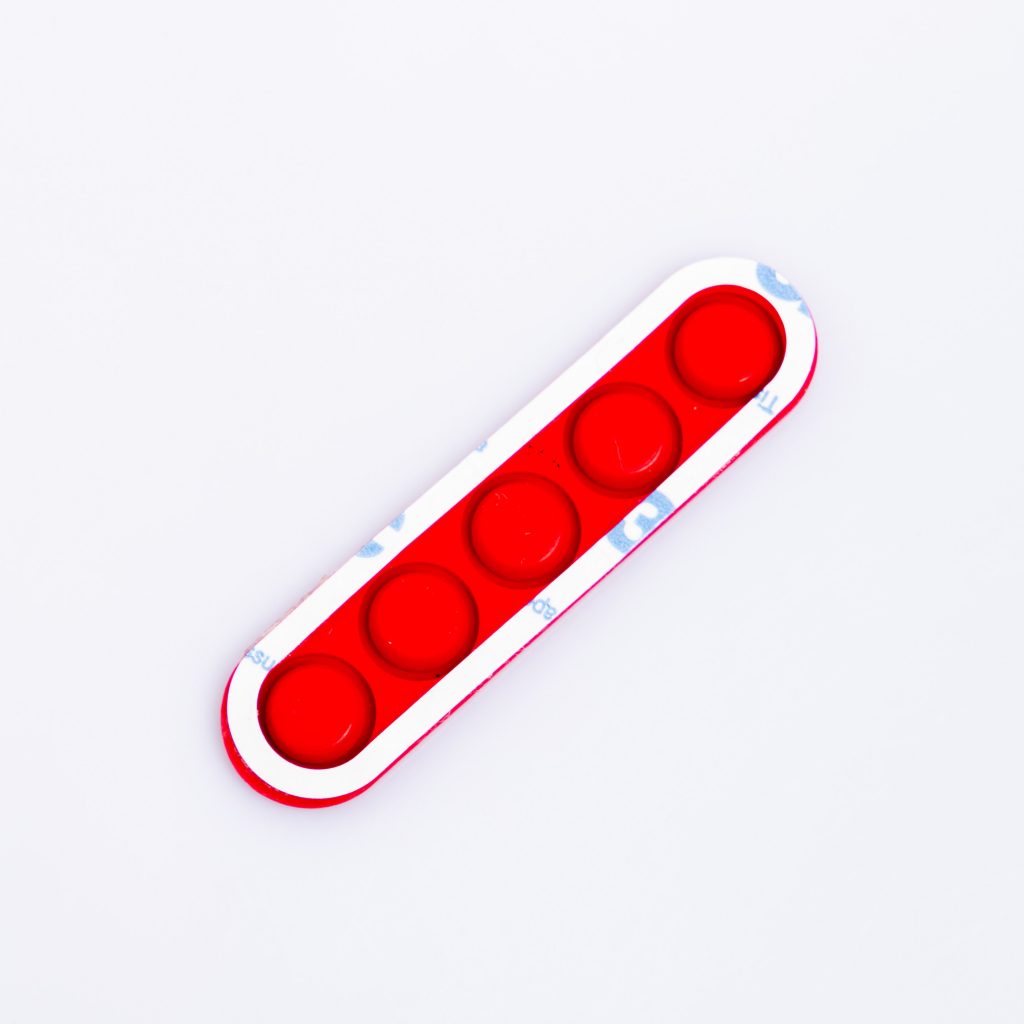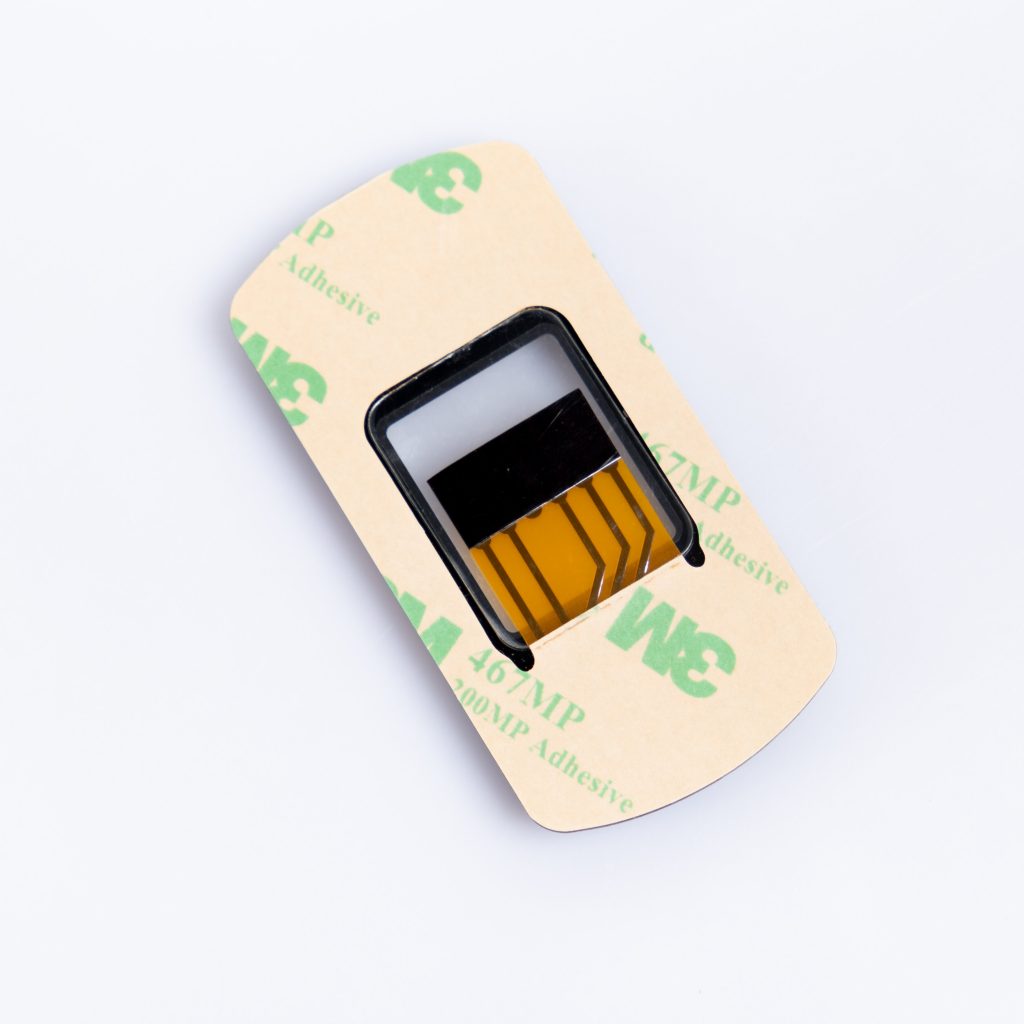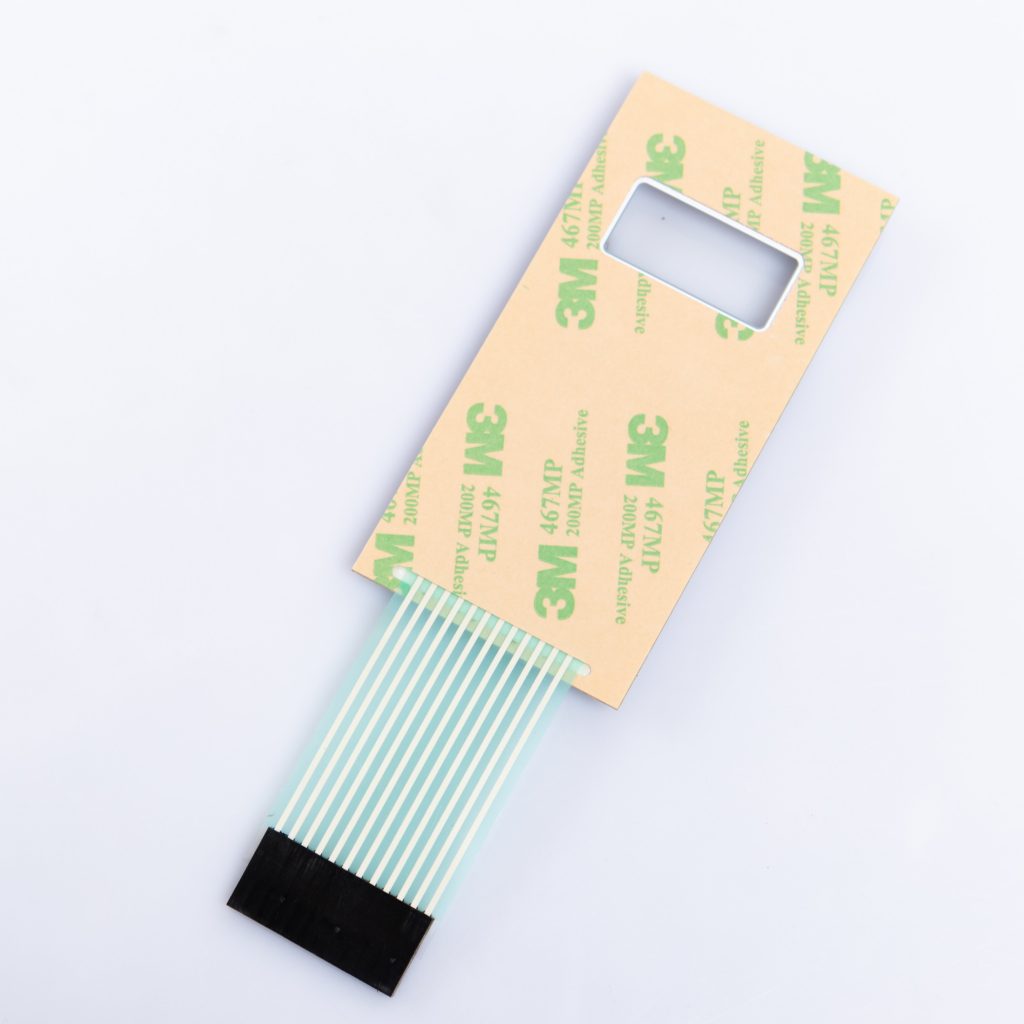Contact
Write to Us And We Would Be Happy to Advise You.
Do you have any questions, or would you like to speak directly with a representative?
By hqt
Rubber keypads are commonly used in various electronic devices such as calculators, remote controls, and mobile phones. These keypads provide a comfortable and tactile feel for users. One essential component of rubber keypads is the back adhesive, which is responsible for securely attaching the keypad to the device’s surface. In this article, we will explore the different types of back adhesive used for rubber keypads, their characteristics, and applications. So, let’s dive in and discover the world of back adhesives!



Pressure-sensitive adhesive, commonly known as PSA, is a popular choice for rubber keypads. It is a versatile adhesive that forms an instant bond when pressure is applied. PSA eliminates the need for additional heat or solvents during the bonding process, making it convenient and efficient. This type of adhesive offers excellent adhesion to a wide range of surfaces, including plastic, metal, and glass, making it suitable for various applications.
Acrylic adhesive is another commonly used type of back adhesive for rubber keypads. It is known for its exceptional strength, durability, and resistance to environmental factors such as moisture, heat, and chemicals. Acrylic adhesive provides a strong bond between the rubber keypad and the surface, ensuring long-lasting performance. It is widely used in applications that require high reliability, such as automotive controls and industrial equipment.
Silicone adhesive is specifically designed for rubber keypads. It offers excellent adhesion to rubber surfaces, ensuring a reliable bond. Silicone adhesive is known for its flexibility and resistance to extreme temperatures, making it suitable for both indoor and outdoor applications. It provides a soft and cushioned feel when pressing the keys, enhancing user experience and comfort.
Epoxy adhesive is a robust and durable option for back bonding rubber keypads. It forms a strong chemical bond, offering high strength and reliability. Epoxy adhesive is resistant to impact, vibration, and harsh environments, making it suitable for rugged applications. It is often used in industries such as aerospace, medical devices, and military equipment.
Polyurethane adhesive is a versatile choice for bonding rubber keypads. It provides excellent adhesion to various substrates, including rubber, plastic, and metal. Polyurethane adhesive offers good flexibility and impact resistance, ensuring the longevity of the bond. It is commonly used in consumer electronics, appliances, and automotive applications.
When choosing a back adhesive for rubber keypads, several factors should be considered, including:
No, not all adhesives are suitable for bonding rubber keypads. It is crucial to select an adhesive specifically designed for rubber surfaces to ensure proper adhesion and longevity of the bond. Adhesives such as silicone adhesive, acrylic adhesive, and polyurethane adhesive are commonly used for rubber keypads.
Yes, the back adhesive can be applied manually using various methods such as spraying, brushing, or dispensing. However, for precise and consistent application, automated adhesive dispensing equipment is recommended. These machines ensure accurate adhesive placement, reducing the risk of adhesive waste or inconsistent bonding.
Removing a rubber keypad bonded with back adhesive can be challenging, especially if the adhesive is strong and durable. In some cases, heat or solvent-based methods can be used to soften the adhesive and facilitate removal. However, it is essential to follow proper guidelines and precautions to avoid damaging the surface or the keypad itself.
Yes, certain types of back adhesives, such as silicone adhesive and epoxy adhesive, are designed to withstand high temperatures. These adhesives maintain their bond strength and integrity even in extreme heat conditions, making them suitable for applications where temperature resistance is crucial.
Yes, besides back adhesives, there are alternative methods for bonding rubber keypads, such as mechanical fasteners or snap-fit designs. However, these methods may not provide the same level of aesthetic appeal or flexibility in design as back adhesives. The choice of bonding method depends on the specific requirements of the application.
Choosing the right back adhesive is crucial for ensuring the secure attachment of rubber keypads to electronic devices. The types of back adhesives discussed in this article, including pressure-sensitive adhesive, acrylic adhesive, silicone adhesive, epoxy adhesive, and polyurethane adhesive, offer different characteristics suitable for various applications. By considering factors such as compatibility, adhesion strength, and resistance to environmental factors, you can select the most appropriate back adhesive for your rubber keypad application. So, whether you’re designing a new electronic device or replacing a worn-out rubber keypad, make an informed decision and enjoy the reliable performance of a well-bonded keypad!
Do you have any questions, or would you like to speak directly with a representative?